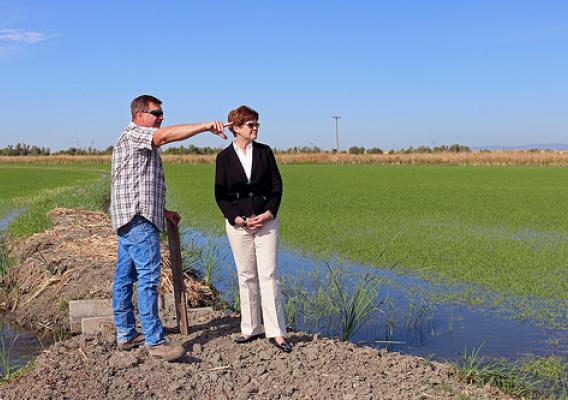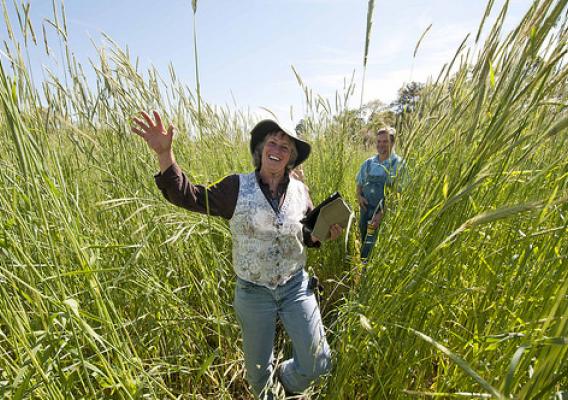The Census of Agriculture is the most complete account of U.S. farms and ranches and the people who operate them. Every Thursday USDA’s National Agricultural Statistics Service will highlight new Census data and the power of the information to shape the future of American agriculture.
As the new Florida State Statistician, I am excited to start digging into the agricultural data here in the Sunshine State. One of the first things anybody would notice upon glancing over our stats is the wealth of fruits, vegetables, and other unique commodities. According to the 2012 Census of Agriculture, almost 64% of Florida’s total market value of agricultural products sold comes from three categories: (1) fruits and nuts, (2) nursery, greenhouse, floriculture, and sod, and (3) vegetables, melons, potatoes, and sweet potatoes. We are one of the top three states nationwide in sales in all three of these categories, and Florida is also the top producer of sugarcane for sugar. Thus, the Sunshine State definitely lives up to its bright nickname by harvesting a rainbow of commodities.
If one crop defines Florida, it’s oranges. There are over 465,000 acres of orange farms in our state, accounting for almost 70% of all the orange acreage in the nation. To top it off, we are the only state to grow the delectable Temple orange.








